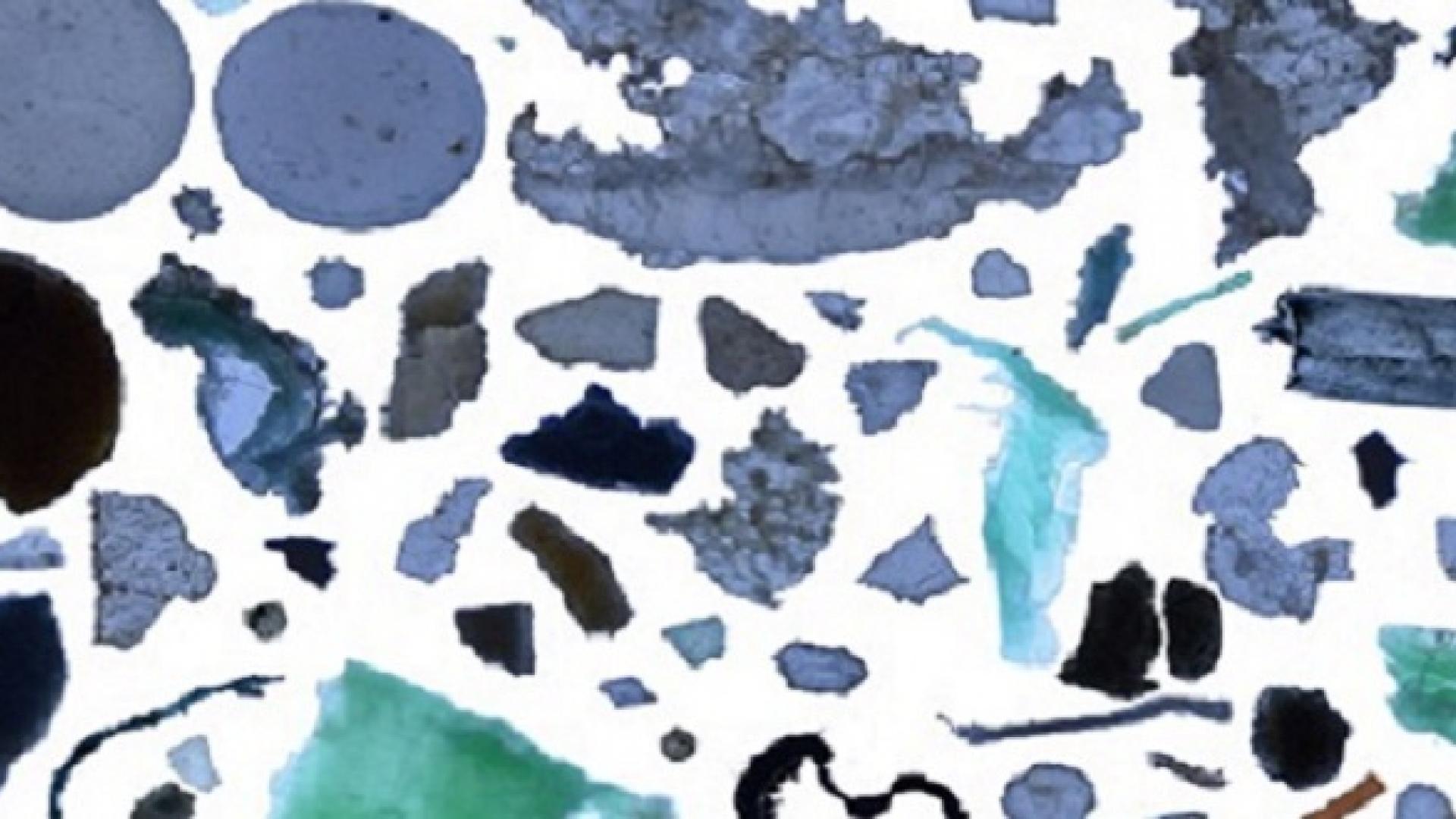With few nearby settlements as sources of pollution, the Arctic was presumed relatively free of marine plastic debris. An international collaboration has now found that discarded plastic has colonized even Earth’s furthest reaches—parts of the remote Arctic Ocean.
Ocean circulation models had predicted a potential plastic accumulation zone in the Arctic Polar Circle, similar to those found in the ocean gyres in the subtropics, but there had been no specific studies.
Professors Carlos Duarte and Xavier Irigoien from the KAUST Red Sea Research Center were part of an international team that sampled extensively for floating plastic debris in the Arctic waters.
The KAUST researchers catalyzed this research as an opportunity through the collaboration of the global projects Malaspina 2010 Expedition 2010 and Tara Oceans, where KAUST is a partner. The aim was to analyze the magnitude, distribution and sources of the plastic pollution on the surface waters of the Arctic Ocean.
As the expedition travelled from the Greenland Sea to the Labrador Sea, samples were collected between 60o to 80o latitude north. Floating plastic was collected by a fine mesh, wide-mouthed manta net towed just below the sea surface. The plastic particles were meticulously hand-picked from the nets and sorted by size, shape and possible origin before being washed and weighed. The concentration and plastic load was also calculated to consider possible sources of the pollution.
The research team found relatively scant plastic rubbish across much of the area, however, they identified large pockets of plastics in the northern- and easternmost areas of the Greenland and Barents Seas. The median values of floating plastic rubbish were quite similar to those found in the notorious subtropical accumulation zones; however, the maximum concentrations in this polar area were considerably lower.
Much of the plastic is aged, which suggests that it has floated in from distant sources, explains Duarte.
“These results are concerning because they show that plastic pollution is reaching every corner of the Earth,” says Duarte. “The sustained plastic use— and the long time it takes for plastic to be redistributed across the ocean— also indicates that this pollution is increasing.
Read the full article

